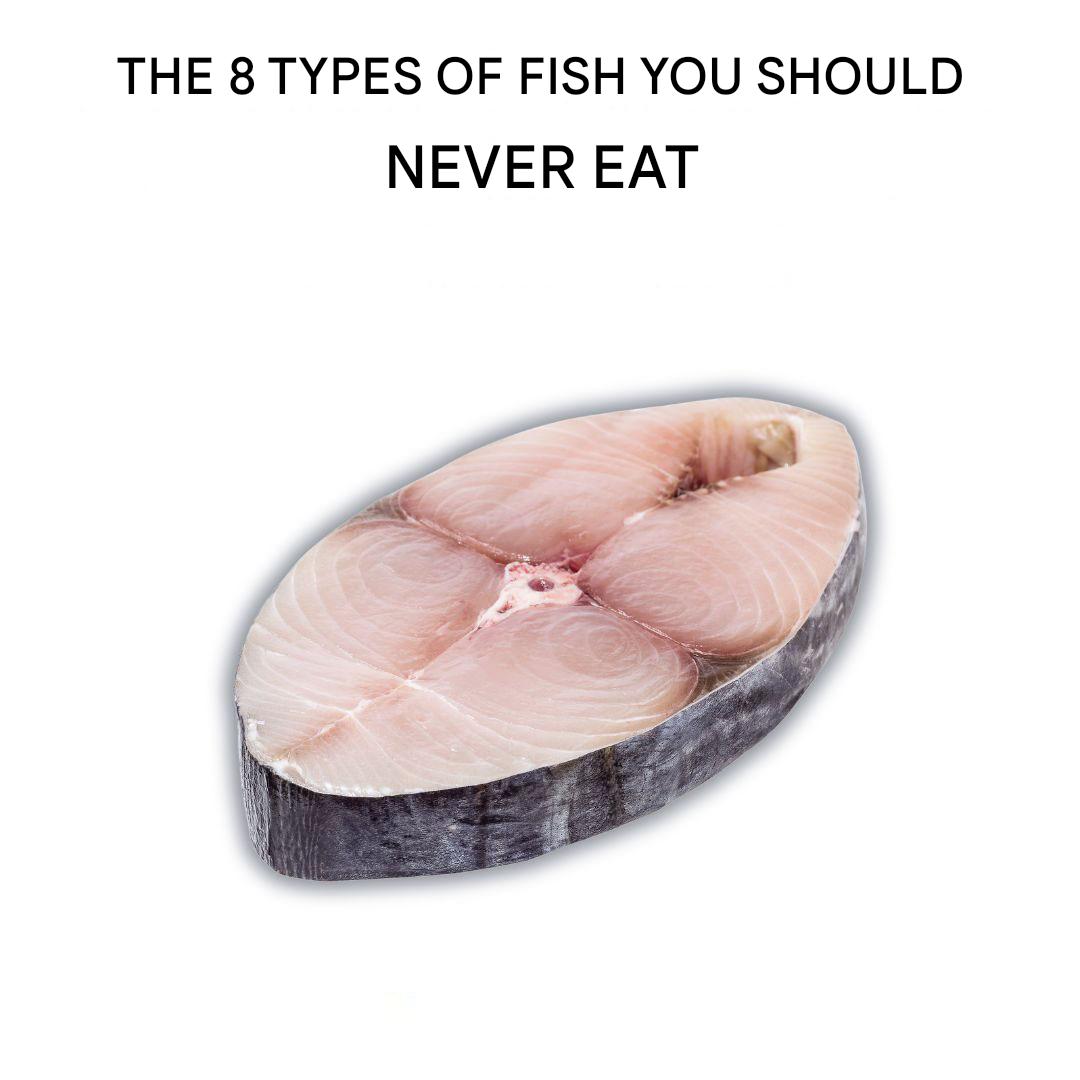Discover the eight fish that are better off from eating to preserve your health and protect the environment. Are you a fish lover and care for your well-being as well as the planet? Some food choices may have unsuspected consequences. What are these fish that absolutely avoid? Let us dive together into the depths of this question.
The fish that should be avoided
Pangasius: a low-cost fish, but at what price?
Very popular in large areas for its attractive price, pangasius (or panga) is often bred in intensive industrial conditions, mainly in Vietnam. These farms sometimes use antibiotics and chemicals to combat diseases. The fish may thus contain undesirable residues. Its low nutrient content compared to other fish also makes it a nutritionally uninteresting choice.
Red tuna: a critically endangered species
Bluefin tuna is a victim of its popularity, especially in Japanese cuisine. Its overfishing has led to a drastic reduction in its populations, placing it in critical danger of extinction. Focus on sustainable alternatives such as sprouts from responsible fisheries.
Tilapia: a false good idea
Tilapia is often presented as a cheap and easy-to-cooked alternative. Yet, like pangasius, it is frequently bred in overcrowded environments with an unnatural diet, which can alter the nutritional quality of its flesh. It is also low in omega-3, the famous fatty acids that are beneficial to the heart. Moreover, its omega-6/omega-3 ratio is unbalanced, which could promote inflammation in the event of excessive consumption. To be avoided.
European echelon: between pollution and disappearance
The European eel is doubly threatened. On the one hand, its population has fallen alarmingly in recent decades. On the other hand, its flesh accumulates pollutants such as PCBs and heavy metals, making it potentially harmful to consumption.
King mackerel: too much mercury
Continued on next page 👇(page 2)👇
